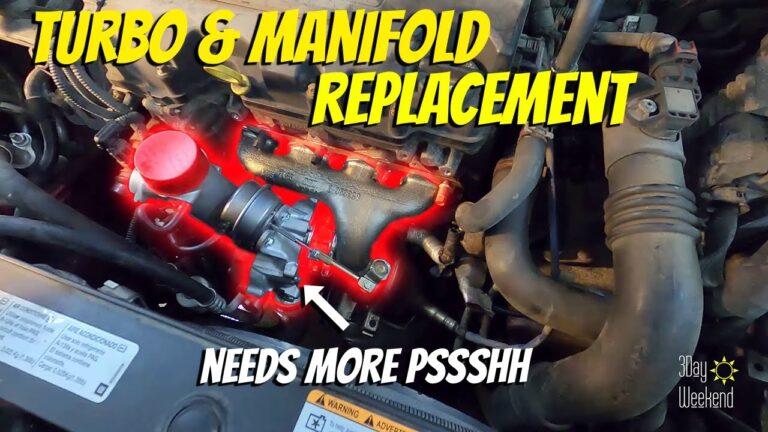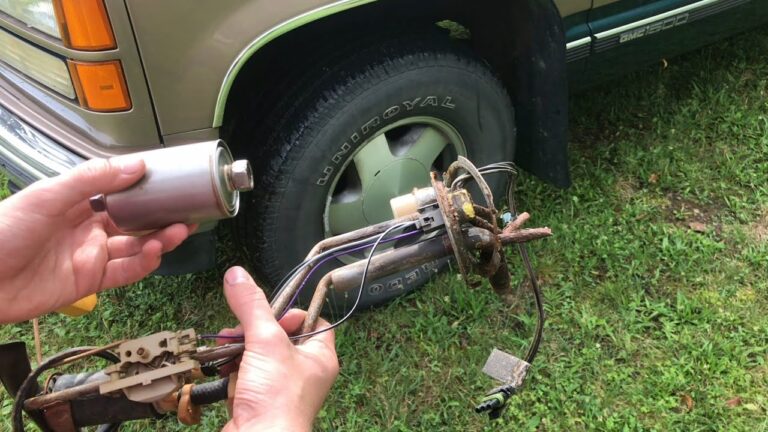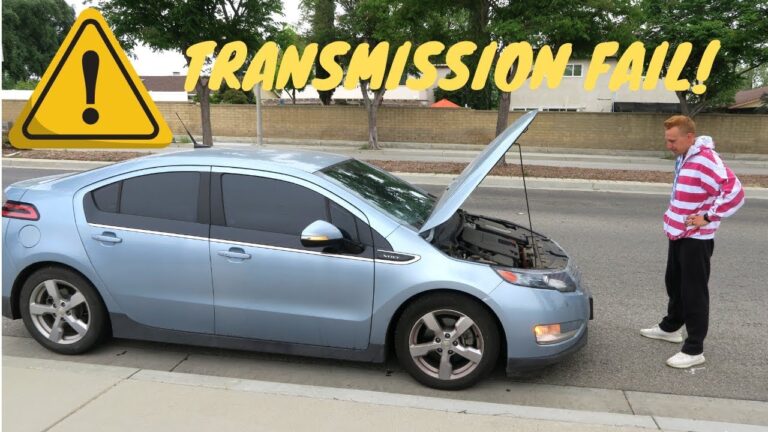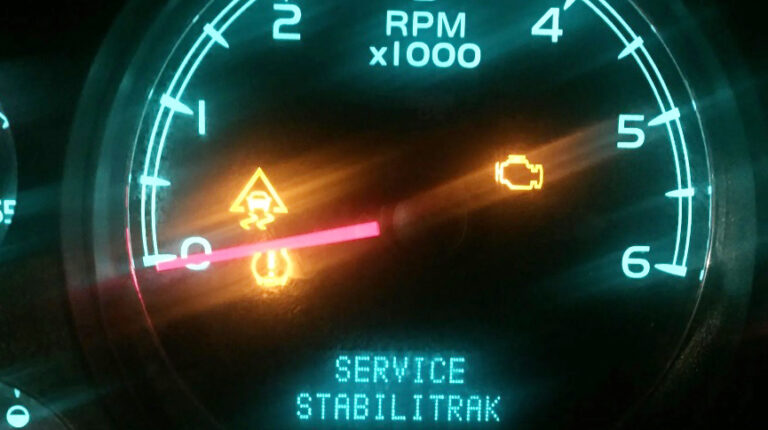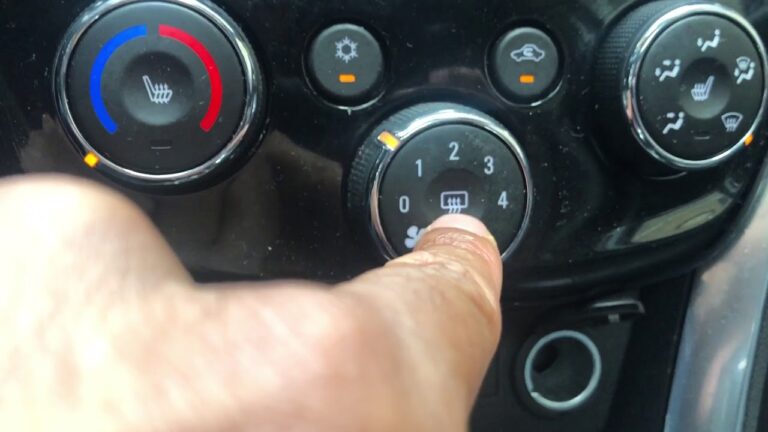Common Problems With Chevy 305 : How You Can Avoid Them
Common Problems With Chevy 305
One of the most common problems with Chevy 305 engines is that they tend to overheat. This is often caused by a failure of the engine’s cooling system, which can lead to serious engine damage. Another common problem is that the 305 engine tends to be very fuel-inefficient, which can lead to high operating costs.
If you’re the owner of a Chevy 305, you may have experienced some common problems with this engine. Some of these problems include overheating, head gasket failure, and oil leaks. While these issues can be frustrating, there are ways to prevent or fix them.
Overheating is one of the most common problems with the Chevy 305. This can be caused by a number of things, including a coolant leak, a clogged radiator, or even incorrect engine timing. If your engine is overheating frequently, it’s important to have it checked out by a mechanic to determine the cause.
Once the cause is determined, they can help you fix the problem so that your engine runs cooler and lasts longer. Head gasket failure is another common issue with this engine. The head gasket seals the cylinder heads to the block and prevents coolant and oil from leaking into each other.
If the head gasket fails, it can lead to major engine damage. To prevent this from happening, it’s important to regularly check your head gaskets for leaks and replace them if necessary. Oil leaks are also common in Chevy 305 engines.
These leaks can be caused by worn or damaged seals and gaskets around the oil pan or valve covers. If you notice an oil leak, it’s important to have it fixed as soon as possible to prevent further damage to your engine.
Are Chevy 305 Engines Reliable?
The Chevy 305 engine is a small block V8 that was produced by Chevrolet from 1976 to 1992. It is based on the 350 small blocks V8 and was used in a wide variety of vehicles, including the Camaro, Firebird, Monte Carlo, Caprice, and El Camino. The 305 was also used in some full-size trucks and vans.
The 305 replaced the 350 in many Chevrolet models due to stricter emission standards that were put into place in the 1970s. The smaller displacement of the 305 allowed it to meet these standards while still providing good performance. The main issue with the 305 is that it is underpowered compared to other engines of its size.
This can lead to reliability problems down the road, as the engine has to work harder than it was designed to. Additionally, parts for the305 can be difficult to find since it is no longer in production. Overall, the Chevy 305 engine is a reliable engine if properly maintained.
However, its lack of power compared to other engines may cause some issues down the road.
How Much Hp Can You Get Out of a 305?
A 305 engine is a small block Chevy V8 engine. displacement of 305 cubic inches (5.0 L). It was introduced in 1976 as a replacement for the 350cuin (5.7L) small-block engine and was produced through 1992.
The factory power ratings for the engine varied from 145 hp (108 kW) to 210 hp (157 kW). The most common performance modification done to increase horsepower is adding an aftermarket camshaft, which can add as much as 50 hp (37 kW). Other popular modifications include: porting and polishing the cylinder heads, installing larger valves, increasing the compression ratio, and adding forced induction.
With these modifications, it is not uncommon for engines to produce 400 hp (298 kW) or more.
What Engine is Better a 305 Or a 350?
There is no definitive answer to this question as it depends on a number of factors, including what you plan to use the engine for and your personal preferences. However, in general, the 350 engine is considered to be more powerful and versatile than the 305 engine. Additionally, the 350 engine is also typically more expensive than the 305 engine.
How Much Hp Does a 305 Vortec Have?
A 305 Vortec engine has 170 horsepower. It is a V6 engine that was used in Chevrolet and GMC trucks and vans from 1999-2007.
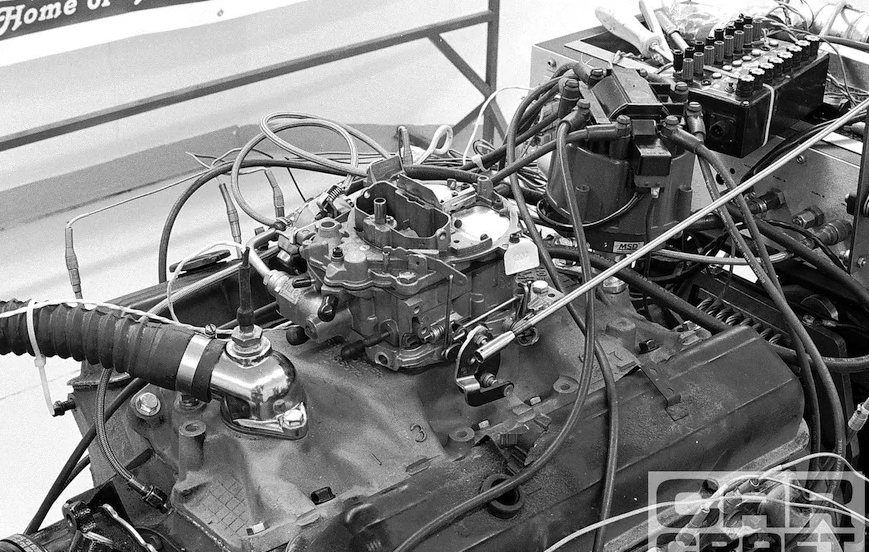
How Long Does a 305 Engine Last
How long does a 305 engine last? This is a question that many people ask, as the 305 is one of the most popular engines out there. There are many variables that can affect how long an engine lasts, such as how it is driven and maintained.
However, with proper care, a 305 engine can last for many years. The 305 engine was first introduced in 1976, and it quickly became popular due to its power and reliability. Many people still choose to use this engine today, as it continues to be a great option.
If you are thinking about getting a 305 engine for your car or truck, you can rest assured knowing that it should last for many years if properly cared for.
What Year is the Best Chevy 305 Engine
The best Chevy 305 engine is the one that was manufactured in 1986. This engine was part of the GM line of small-block V8 engines, and it was designed to be a fuel-efficient alternative to the larger V8 engines that were available at the time. The 1986 Chevy 305 engine featured a cast-iron block and heads, as well as hydraulic roller lifters and valves.
It had a compression ratio of 9.5:1 and was rated at 140 horsepower and 240 lb-ft of torque.
Chevy 305 Good Or Bad
The Chevy 305 is a V8 engine that was produced by Chevrolet between 1976 and 1992. It’s often referred to as a “small block” engine, due to its smaller size when compared to Chevrolet’s big block engines. The 305 was available in a variety of different models, including the Camaro, Corvette, Impala, and Monte Carlo.
Despite its popularity, the Chevy 305 has received its fair share of criticism over the years. Some common complaints include poor fuel economy and lackluster performance. Additionally, many mechanics believe that the 305 is difficult to work on due to its limited space for repairs.
So, what’s the final verdict? Is the Chevy 305 a good or bad engine? Unfortunately, there isn’t a clear answer.
It really depends on your individual needs and preferences. If you’re looking for an affordable engine with good gas mileage, then the 305 might not be the best choice for you. However, if you’re more concerned with power and speed, then the 305 could be a great option.
Ultimately, it’s up to you to decide what’s most important in an engine – just make sure you do your research before making any decisions!
Conclusion
The Chevy 305 is a V8 engine that was produced by Chevrolet from 1976 to 1992. It was introduced in the Chevrolet Camaro and the Chevrolet Corvette in 1976 and was also used in a variety of other GM vehicles. The 305 was discontinued in 1992, and replaced by the LT1 engine.
The Chevy 305 was known for a few common problems, including oil leaks, intake manifold leaks, and head gasket failures. These problems were often caused by poor manufacturing quality or poor maintenance. The oil leaks could be fixed with regular maintenance, but the other two problems often required major repairs.
Despite its common problems, the Chevy 305 was a popular engine, used in many different GM vehicles. It was reliable and powerful, making it a good choice for many drivers.
